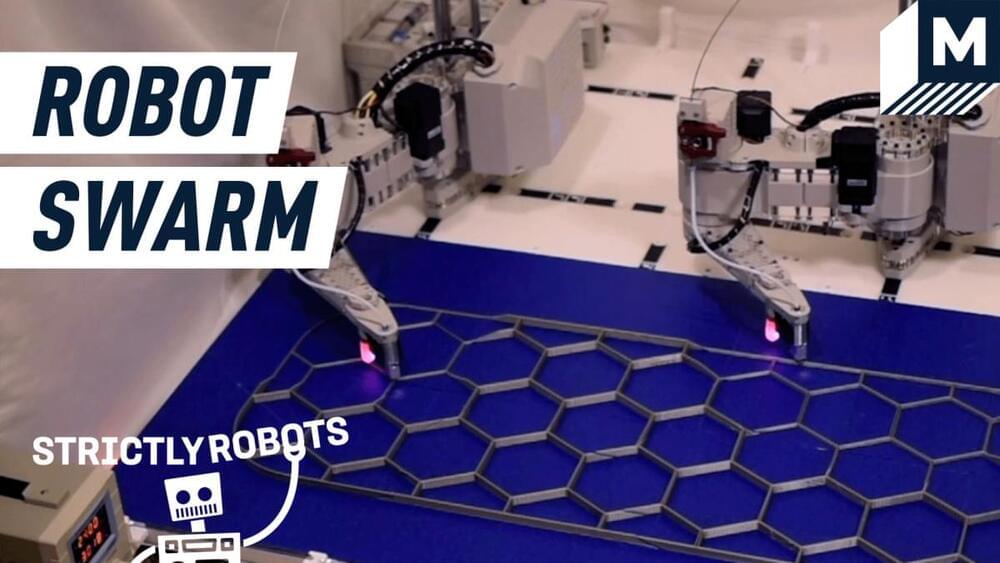Apr 18, 2022
How to print a robot from scratch: Combining liquids, solids could lead to faster, more flexible 3D creations
Posted by Jose Ruben Rodriguez Fuentes in categories: 3D printing, biotech/medical, robotics/AI
Imagine a future in which you could 3D-print an entire robot or stretchy, electronic medical device with the press of a button—no tedious hours spent assembling parts by hand.
That possibility may be closer than ever thanks to a recent advancement in 3D-printing technology led by engineers at CU Boulder. In a new study, the team lays out a strategy for using currently-available printers to create materials that meld solid and liquid components—a tricky feat if you don’t want your robot to collapse.
“I think there’s a future where we could, for example, fabricate a complete system like a robot using this process,” said Robert MacCurdy, senior author of the study and assistant professor in the Paul M. Rady Department of Mechanical Engineering.

















